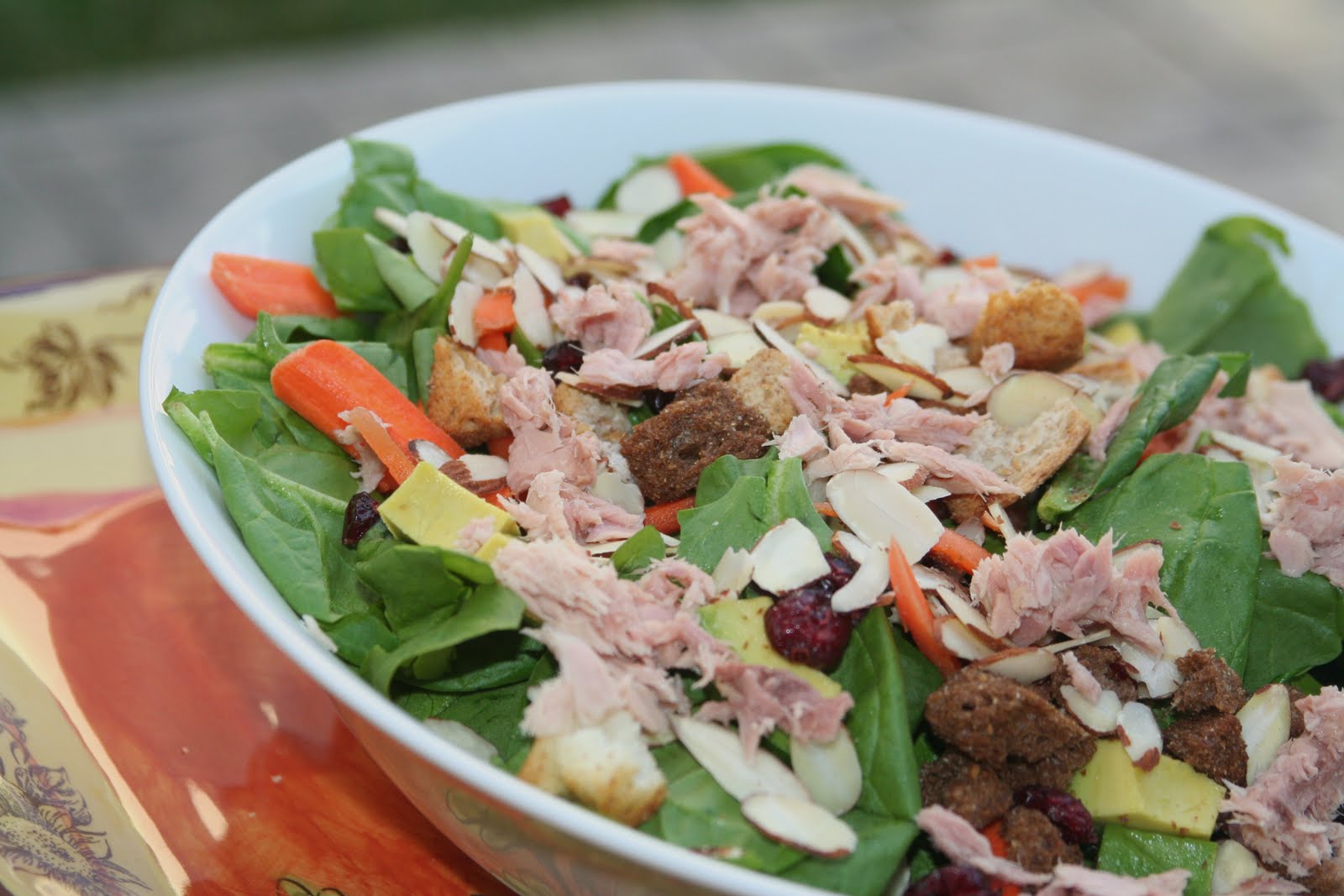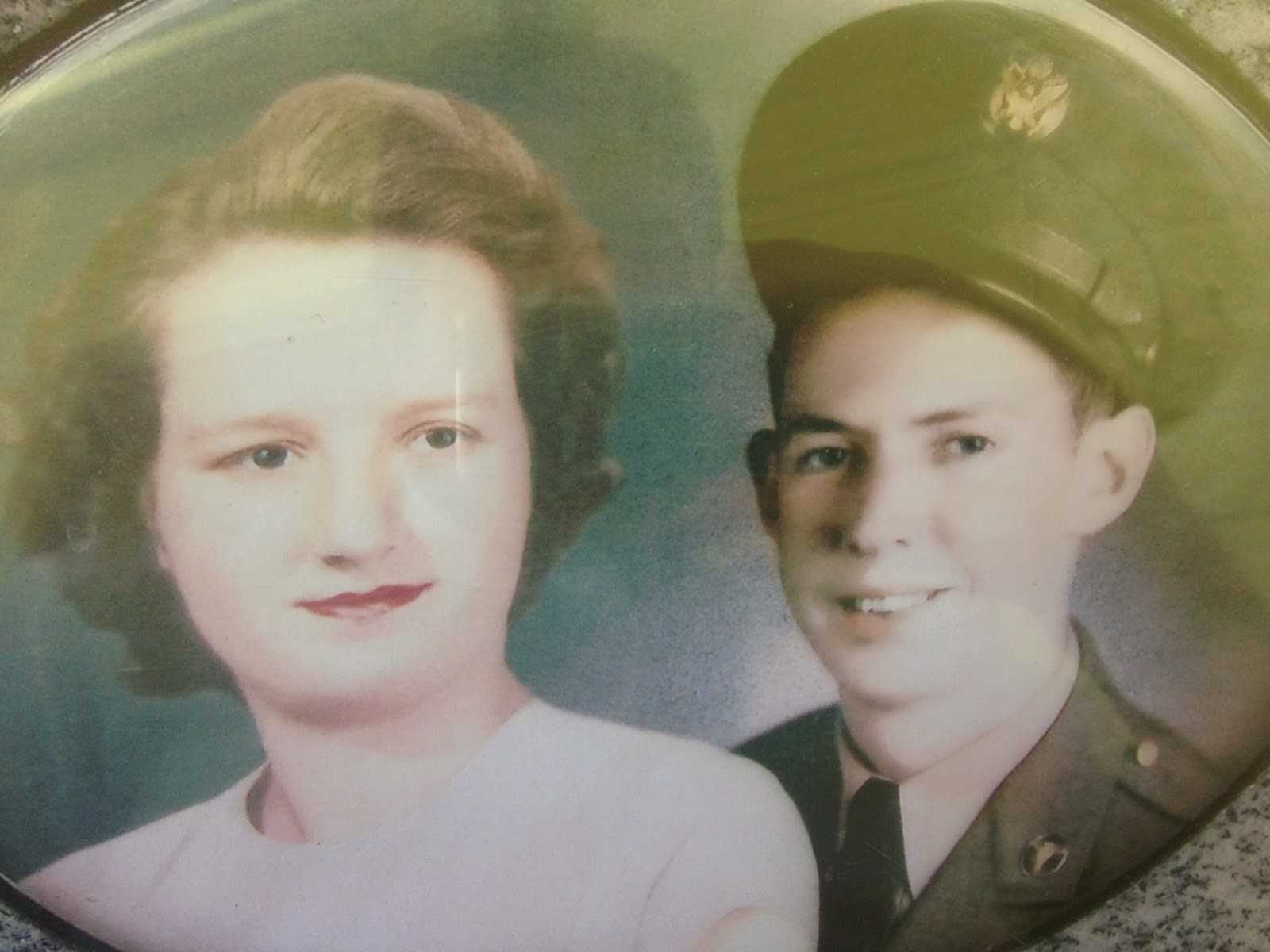My 2-Day Diet Progress Week 29, May 25, 2014
Beginning weight 11/3/13: 209 lbs.
Height 5'8" Age: 62
Goal weight: 165 lbs.
Total loss goal: 44 lbs.
Beginning waist size: 43 in.
Current waist size: 38 in.
Weight end of this week: 176 lbs.
Gain/Loss this week: -1 lb.
Total Gain/Loss: -33 lbs.
This week, 7 months into my physical transformation through
change in diet, I’ve reached a milestone. I am three-fourths of the way to my
goal of reducing my weight to 165 pounds from 209 pounds since I now have
“lost” 33 pounds. Go to a gym and pick up thirty-three pounds of weights--it's the equivalent of a cinderblock or a small microwave oven. It’s
significant. I have not weighed this little for at least twenty-five years.
When I reach my goal of one hundred sixty-five pounds, I will still be as much
as ten pounds overweight, depending on what measure of healthy weight you use.
My doctor, an internist, recommended not losing any more than that. He says
that when his patients reach my age, he wants them to have ten to fifteen extra
pounds, so that if they get ill and lose some weight, they have some fat to
lose. Otherwise, they may lose muscle mass, which is harder to regain as you
age. At any rate, I am already quite happy with the way I look. For those of
you who have been reading my blog, I’ve said before that I always felt pretty
good about the way I looked in a mirror, but I also know that pictures don’t
lie. And now when I see pictures of myself, I’m amazed at how much better I
look, the stronger, leaner face, the lack of a potbelly, and a general look of
fitness. Yes, under all that blubber I really did have quite a bit of muscle
from all the bike riding and regular workouts at the YWCA.
An Op-Ed in the New York Times last week by medical
researchers Dr. David Ludwig (Harvard School of Medicine) and Mark Friedman, a
physiologist and psychologist, entitled, “Always
Hungry? Here’s Why,” and a wonderful interview I heard on the NPR program, People’s Pharmacy, with Dr. Robert
Lustig, a neuroendocrinologist and Professor of Pediatrics at University
of California, San Francisco, who wrote a book called Fat Chance: Beating the Odds Against
Sugar, Processed Food, Obesity, and Disease (link
to radio show and podcast) both reinforce the science
behind my experiences during my journey to a healthier body weight (I’ve lost
thirty-three pounds since November 2013).
Ludwig and Friedman note that scientists studying weight
loss and nutrition have often gotten it wrong in their understanding of the
correlations between calories and weight loss or gain. A calorie is a measure
of energy in food. It seemed logical that the number of calories you consume
minus the amount of energy measured in calories that your body expends should
determine whether you gain or lose weight. But some research now indicates it’s
not that simple for multiple reasons, including the way our bodies adjust
metabolism depending on the types of foods we eat and even the proportion of
fat and muscle in our bodies, squeezing more energy out of calories in some
instances and passing calories out of our systems unused in others. To make
losing weight more difficult for people with excess fat, Ludwig and Friedman found
that fat cells require more calories to maintain than other body cells. They
postulate that fat cells ‘grab’ incoming calories, causing the body to need additional
food to do other necessary tasks such as nourishing muscle and organ cells and
performing necessary body functions.
This creates additional hunger, seemingly caused by the
existence of fat itself. Compounding that are the effects of the consumption of sugars and other
foods with a high glycemic index, which I think of as the “white foods”: white
potatoes, white bread, white rice, and anything made with white flour including regular pastas, most cereals, and in addition, all corn and corn products. Among the sugars are honey, corn syrups, fructose, and even fruit
juices. And these days almost all processed foods have added sugar in some form, often "high fructose corn syrup."
If you got thrown by the words, “glycemic index,” let me
give a brief explanation of this important concept. For diabetics, knowing the
glycemic index values of foods is critical to their ability to control blood
sugar levels because of their lack of insulin production. All food must be
broken down to its most basic element, glucose, a form of sugar, for your cells to absorb its
energy. Sugars and the white foods are the easiest foods for the body to
convert to glucose, which spurs insulin production. Insulin helps our cells
absorb the sugar, getting it out of our blood stream. We want it out of our bloodstream
because high blood sugar levels cause the blood to be ‘sticky’ and not
circulate well, causing cholesterol to build up in the cell walls leading to
increased risk of heart attack, stroke, and various other ailments.
The lower glycemic foods make the body work harder and take longer to break down into sugar. Lustig’s research and work with obese children has led him
to discover that hunger decreases dramatically when the white foods are
eliminated and carbs in general are reduced, and blood sugar levels remain steadier. This was my experience when I
reduced carbohydrate intake following the recommendations in a book called the 2
Day Diet: diet two days a week and eat normally the rest of the week,
by Dr. Michelle Harvie and Professor Tony Howell.
But why? It’s because high glycemic index foods cause blood sugar levels to spike, spurring glucose production, sending the sugars to the cells and a quick drop in blood sugar. In other words, the spike is followed by a dip, and the low blood sugar levels cause your body to cry out for more food. It is a classic addiction pattern, compounded by the fact that no one can live without carbohydrates. You can’t completely remove carbohydrates from your diet; you would starve. I used to snack on corn chips between meals. Of course this was just keeping the roller coaster going. It's funny how obese people like I was don't stop to ask ourselves, "Why am I hungry?" We know our bodies don't "need the food," after all, we're carrying enough fuel in the form of fat to keep the engines of our bodies running for months. And, in most cases, obese people get hungry every every or two. And not just a little hungry, desperately hungry. Well, it's not for most of us a case of some basic flaw of character or terrible childhood trauma, it's body chemistry. An addiction to simple carbohydrates.
What you can do to break the addiction, however, is avoid high glycemic
index foods and replace them with low glycemic index foods: low fat meat and
fish in reasonable quantities (4 oz. or less), nuts, low fat dairy like low fat
cottage cheese and nonfat yogurt (without the syrupy fruit—use fresh or canned
fruit); all the green vegetables you can eat of any kind, including tomatoes
(yes, they turn red, but start green, just like peppers), eggplant, summer
squash. Sweet potatoes and winter squash, lima beans and other beans are in the
medium range and fine in limited quantities. Vegetarians will depend on them
for protein. Whole grain (make sure its 100% whole grain, though, and doesn't have added sugar) foods
like oatmeal or Cheerios, whole wheat bread and pasta, brown rice and such are
relatively low in their glycemic indexes, but should not be overeaten. A tennis
ball size serving (about ¾ cup) or one or two slices of bread constitutes a
serving. I have had many satisfying lunches of just half a sandwich, an open sandwich, or a light wrap made with a small "light" tortilla (or on a low carb day that the 2 Day Diet recommends twice a week, I might use a piece of lettuce or cabbage as the wrap).But why? It’s because high glycemic index foods cause blood sugar levels to spike, spurring glucose production, sending the sugars to the cells and a quick drop in blood sugar. In other words, the spike is followed by a dip, and the low blood sugar levels cause your body to cry out for more food. It is a classic addiction pattern, compounded by the fact that no one can live without carbohydrates. You can’t completely remove carbohydrates from your diet; you would starve. I used to snack on corn chips between meals. Of course this was just keeping the roller coaster going. It's funny how obese people like I was don't stop to ask ourselves, "Why am I hungry?" We know our bodies don't "need the food," after all, we're carrying enough fuel in the form of fat to keep the engines of our bodies running for months. And, in most cases, obese people get hungry every every or two. And not just a little hungry, desperately hungry. Well, it's not for most of us a case of some basic flaw of character or terrible childhood trauma, it's body chemistry. An addiction to simple carbohydrates.

For me, that diet, described as a Mediterranean diet in the
2 Day Diet book, has become a way of life. I no longer have to measure portions
or keep track of how much of each food group I eat, because basically I now eat
as much as I want. It's just that I don’t want very much. My appetite has been
reduced so that a salad with a few ounces of canned tuna, sardines, smoked
oysters, or a small piece of salmon, chicken, or a couple thin slices of turkey
is a satisfying meal. A couple tablespoons of cottage cheese with some canned
peaches or pears, fresh strawberries and couple walnuts…a great breakfast or snack between meals.
One small serving of brown rice with as much broccoli or
stir-fry veges as I want, and the equivalent of a small pork chop, chicken thigh or fish portion makes a great dinner. And yes, I sometimes have beef as well if that’s
what I want. And if I’m at someone’s house and they serve a rich lasagna
dripping with fat and cheeses, I don’t decline it, I just take a portion that
is half or less of what we’ve come to think of as a normal serving: about ½
cup in volume. Then I eat it very slowly and eat a lot of salad or other green
vegetables. And if they don’t serve any green vegetables, fine, I eat some when
I get home.
I love that science explains why I’ve been successful on this diet. And if you
struggle with your weight, there’s one takeaway I hope you get from reading
this; it’s that I didn’t succeed because I have superior willpower. I’m
succeeding because I stopped feeling hungry all the time. Yes, I did need some
willpower in the first month or two. You can go back and read about how I held
myself back at parties…or didn’t, and if I didn’t, I forgave myself and started
fresh the next day. But as I learned when I (finally after many tries) quit
smoking 20 years ago, breaking an addiction takes at least a month. But once
you break your carb addiction, you’ll be home free. Go for it!







